Description

A magnificent array by Robert Gergulics of The 3 Foragers.
Name in North American Boletes: Boletus carminipes
Genus: Lanmaoa
- Genus 2: Boletus
Species: carminipes
Common Name:
Tells: Short tubes end in yellow pores that quickly blue, resolving to brown. Pale yellow cap flesh quickly blues. Stem yellow above, carmine-red below.
Other Information: Red-brown cap ages to yellow-brown, & may develop fine crackling. Likes oak.
Science Notes: DNA testing moved this mushroom into the newly erected genus “Lanmaoa” (named after Lan Mao, the medieval Chinese naturalist who first studied what we now call boletes). Members of this genus tend to have shallow pores like Baorangia bicolor, but are genetically closer to the new genus Cyanoboletus. Go figure.
Edibility: Unknown.
CHEMICAL TESTS:
- NH4OH (Ammonia): No data.
- KOH: Cap surface turns dark yellow brown. Stained cap flesh turns yellowish orange-brown.
- FeSO4 (Iron Salts): Unbruised yellow flesh turns bluish. Blue-bruised flesh turns a pale tan/brown tinged with yellow/orange.
Links:
 |
0 |  |
0 |  |
102 |  |
231 |

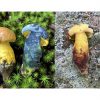


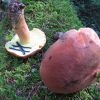
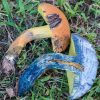

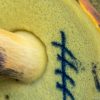


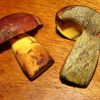
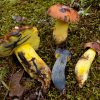
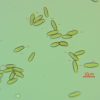
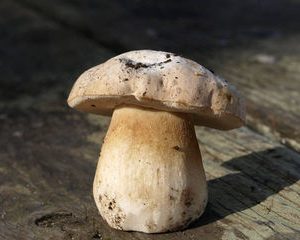

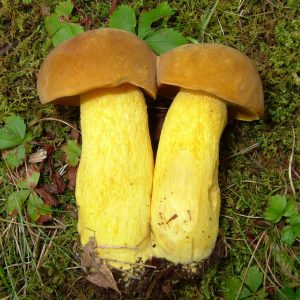
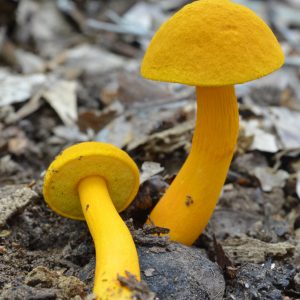
Got something to discuss?
I believe several of the pictures above are olivisporus, not carminipes.
Which ones and why? All of our photos come from people who are nationally known as top notch field identifiers. The only exceptions are the ones from me and from people I know, in which cases the photos have been vetted through those authorities. With that said, there is no one so arrogant that they won’t accept the possibility of a mistake, and a frank discussion of the ways in which one mushroom can get confused with another will only help our users overall.
So I am really serious about that question. I suspect the ID’s will turn out to be right, but I care even more to identify the question marks and issues on this electronic “paper”.